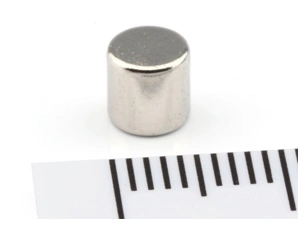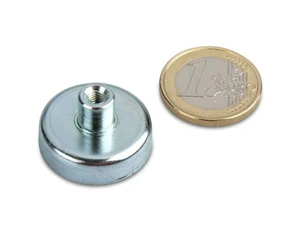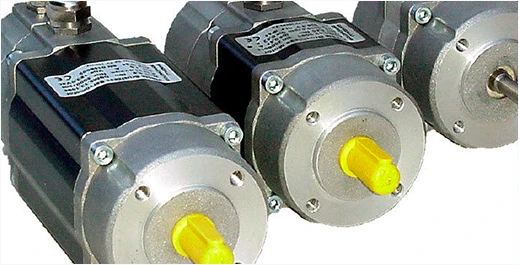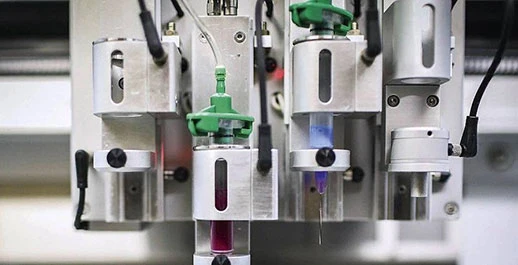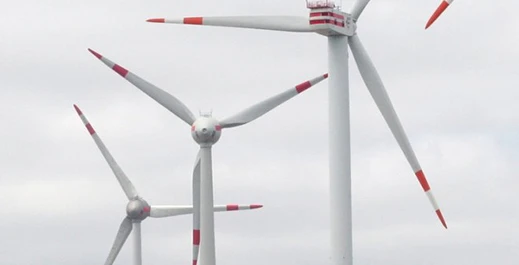Wind power: wind power rush installation + penetration improvement of direct drive motor, and the consumption of wind power magnetic materials has increased greatly. On the one hand, the timetable for the cancellation of wind power subsidies has been determined, and it is expected to set off a rush for installation from 2019 to 2020. On the other hand, the development of offshore wind power will promote the penetration of direct drive permanent magnet wind power motor. It is estimated that the domestic demand for magnetic materials for wind power is about 8400 tons this year, with a year-on-year growth rate of 41%.
Variable frequency air conditioning: improvement of household appliance demand + improvement of energy consumption standard to promote the consumption of variable frequency air conditioning. On the one hand, this year's household appliance stimulus policy will be introduced to promote the downstream demand for household appliances. On the other hand, the new air conditioning energy consumption standard expected to be launched this year will further stimulate the improvement of the penetration rate of variable frequency household appliances. It is expected that the demand for magnetic materials for variable frequency air conditioning will reach nearly 9500 tons this year, with a growth rate of about 22%.
Automobile EPS: traditional automobile sales will bottom out, and the demand is expected to grow after stimulating the landing. On the one hand, auto sales in 2019 will stabilize year on year. On the other hand, if the auto stimulus policy is implemented this year, it will strongly promote auto sales. In this context, the consumption of Nd-Fe-B by traditional automobile EPS will stabilize and recover, with a year-on-year increase of 16%.
News-6: Neodymium-iron-boron magnetic material is the third generation of rare-earth permanent magnetic material, which is the most widely used permanent magnetic material at present.
Rare earth permanent magnetic material is one of the important types of magnetic materials. It is a magnetic material prepared by integrating the alloy powder composed of mixed rare earth metals such as samarium and neodymium and transition metals (such as cobalt and iron) into tetragonal crystals by different processes and magnetizing by the magnetic field. In 1967, the first generation of SmCo5 rare earth permanent magnet material came out, and the second generation of Sm2Co17 rare earth permanent magnet was successfully developed in the 1970s. Since the 1980s, the third generation neodymium permanent magnet material has become the most widely used variety in permanent magnet materials because of its excellent performance and low price; According to the statistics of the Nonferrous Metals Industry Association and rare earth industry association, the output of Nd-Fe-B magnetic materials accounts for about 75% of the output of rare earth permanent magnetic materials.

